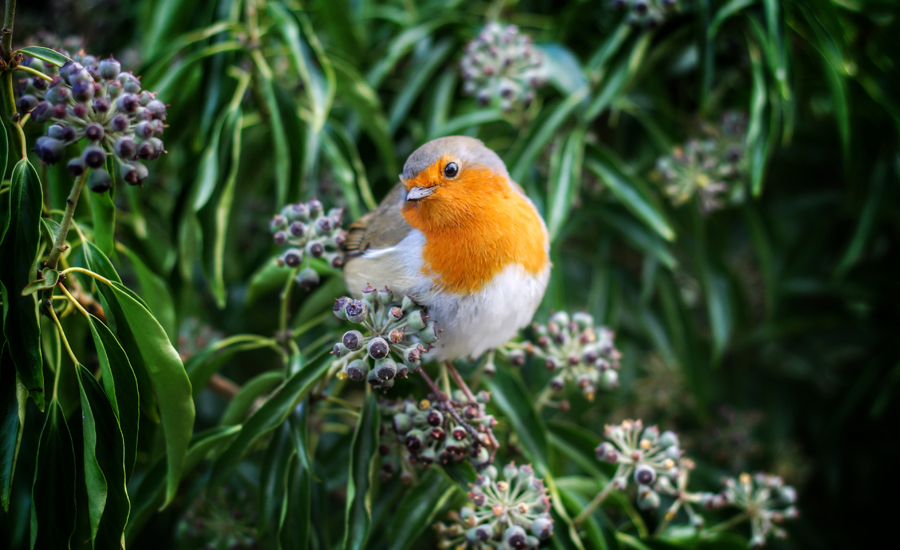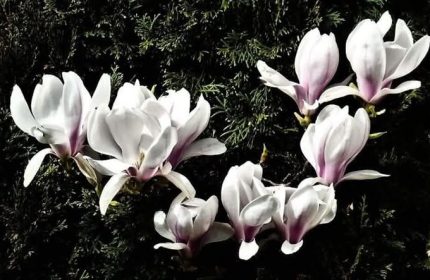Five Top Tips for Photographing Garden Wildlife
Your garden is a great place to take photographs of the local wildlife. Hedgerow, lawn, meadow and pond habitats can all be found in one place, giving you a wide variety of wildlife to enjoy and capture on camera.
Whatever the season, here are five top tips to help you take better photographs of your garden’s wild side.
1. Check the Forecast
Check the forecast before you schedule in a garden photo shoot, but don’t be put off by cloudy weather. Although our lovely English weather isn’t ideal for trips to the beach, it’s perfect for garden photography. Your garden will look its best in softer light rather than the harsh sun, and since we rarely get any of that you’ll be just fine!
Rain isn’t a problem either, as a recent shower will make your plants and flowers glisten beautifully, providing a pretty backdrop for your wildlife photos.

Backdrop
2. Use a Tripod
A steady hand is always useful in photography, but even more so when you’re photographing wildlife that can come and go in the blink of an eye. For the best results, use a tripod so that your shot is already set up before the creature in question enters the frame.
Create a natural looking perch near a feeder, then train your camera on the perch. Then simply sit and wait for your feathered friends to arrive.
Most importantly, using a tripod will help you to avoid blurry photos, and will give you more time to plan each shot. It will help you avoid an aching arm too!
3. Remember the Golden Hour
Natural light is best in the “golden hour”, the first hour after sunrise and the last hour before sunset. During this time, your garden will be bathed in a soft golden light, and there’ll be no harsh sun to cause dark shadows. In the golden hour, subjects are lit from the side, not above, creating nicer shadows and adding texture to your photos.
For a dramatic effect, place your subject in front of the sun to create a striking silhouette. And remember not to worry about an overcast sky, as cloudy conditions make the lighting softer and are perfect for macro photography.

Composition
4. Consider Your Composition
Carefully composing your photo will result in a much better picture, and perhaps the most important rule of composition to remember is the rule of thirds.
Imagine that your image is divided by two horizontal lines and two vertical lines, giving you a 3×3 grid. Important elements should be positioned close to these lines, or near to one of the four intersections of the grid.
Off-centre composition looks much more natural than centering your subject, and by placing the point of interest off to one side your photos will instantly become more pleasing to the eye. With wildlife, ensure birds and animals are facing off frame, and leave space to the side of the action for an informal, natural looking photo.
5. Use Zoom, or Improvise
To take detailed close ups of your garden wildlife, try to move closer to your subject without spooking them. If you are using a DSLR, you can use a zoom lens, but if you’re shooting with a compact camera the digital zoom often gives poor results.
Alternatively, using a pair of binoculars, place your camera at one of eyepieces, let it focus, then take your photo. The results won’t be as good as when using a telephoto lens on a DSLR but it’s far better than the digital zoom function or no zoom at all!
Grab your camera, head out to the garden and put these tips into action!
For more info, inspiration and top tips, visit CEWE Photoworld here or take a look at the CEWE PHOTOBOOK range here.



















